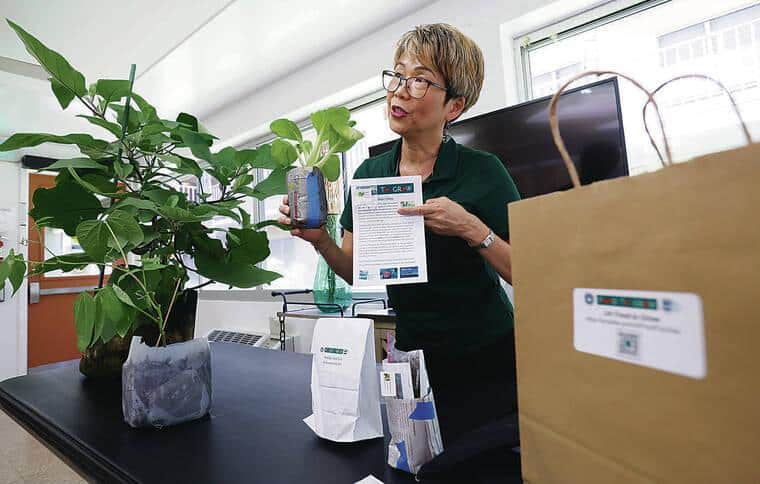Hawaii’s SNAP Recipients at Risk of Losing Nutritional Benefits
Around 158,000 of Hawaii’s low-income senior citizens, families, and single adults could lose vital nutrition education and access to regional produce by the end of September if the U.S. House-proposed tax expense, which would cut an estimated $300 billion from the federal Supplemental Nutrition Assistance Program (SNAP), is authorized by the Senate.
Trump administration officials and House Republicans have stated that cuts to SNAP and other federal social services, including Medicaid, are necessary to address what they claim is significant fraud and waste in the programs. CTAHR’s SNAP-Ed services offer personalized services, with educators and community organizations working directly with families, individuals, and kupuna in weekly classes and collaborating with schools to establish school gardens, reaching over 15,000 SNAP users statewide. According to Butel, making fresh vegetables available at farmers’ markets provides healthier options compared to fast food chains.
CTAHR’s services extend to schools, rehabilitation and recovery programs, senior centers, and public housing sites to provide nutrition education and guidance on utilizing SNAP funds for healthy foods. While the allocated amount of SNAP benefits varies by state and household income, as of 2024, a family of four in Hawaii received up to $1,759 per month in SNAP benefits, as reported by Governor Josh Green’s office in September.
Advocates emphasize the importance of CTAHR’s SNAP-Ed services, highlighting the direct engagement with the community and the positive impact on promoting healthier food choices and lifestyles.


